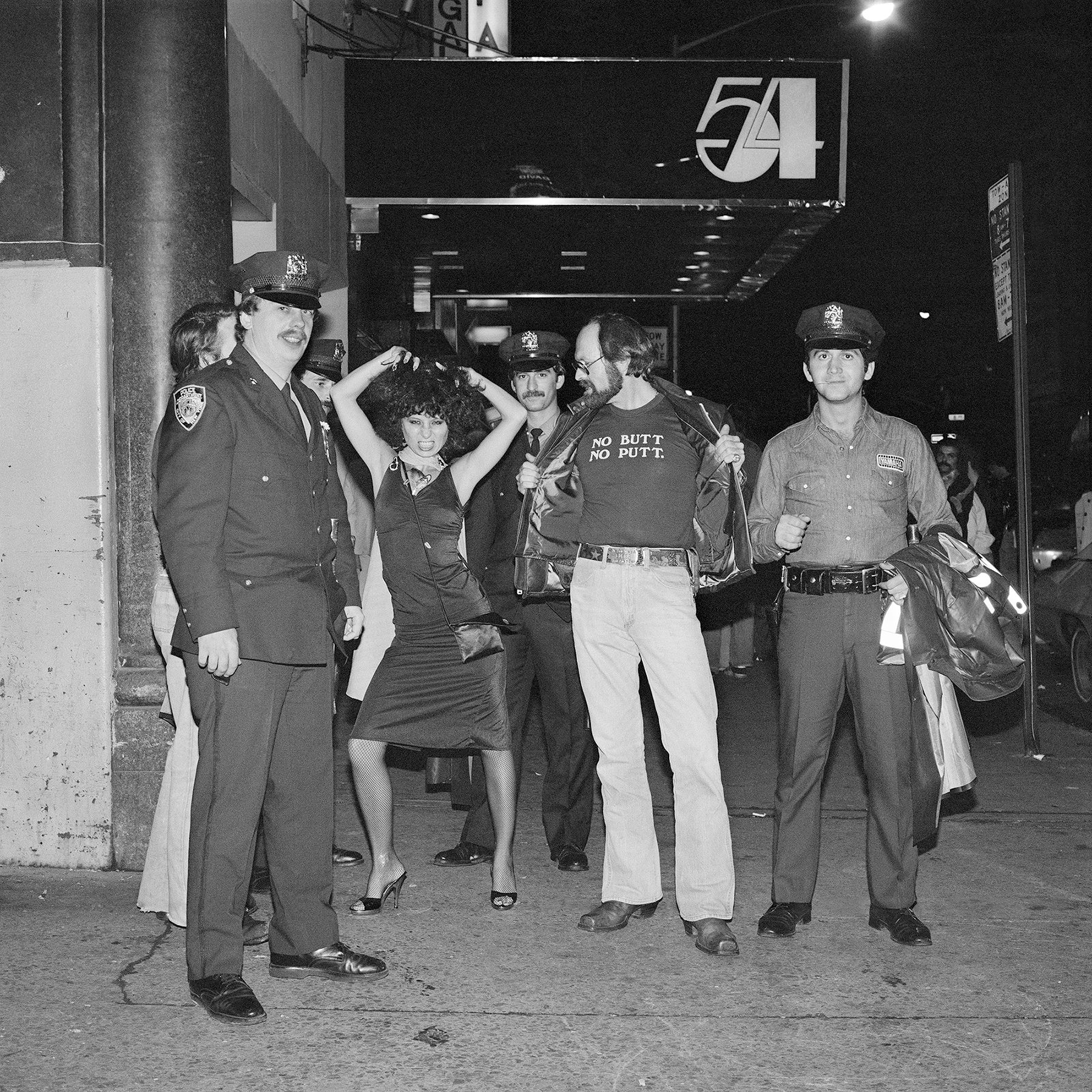
The New York-born photographer Meryl Meisler was an all-seeing-eye at the beating heart of the disco era, and her archive provides a unique insight into the Big Apple in the 1970s and 1980s – capturing the high-octane hedonism that fuelled the iconic nightclub Studio 54 with humour, compassion and enthusiastic verve. Sharing an aesthetic commonality with her hero Diane Arbus, Meisler had a camera firmly in-hand from a very young age, and studied her craft as a young woman with legendary photographer Lisette Model. However, despite her passion for reportage, it was only when she retired from her life as teacher in one of Brooklyn’s toughest neighbourhoods back in 2010 that she actually began releasing her extensive archives – captivating time capsules of disco, glamour, family life and strip clubs that have led to global exhibitions, and the publishing of a number of celebrated monographs (purchasing details of prints and at end of article). Here, in a rare interview, the photographer who has provided the world with a vital window into one of the most explosive moments in the cultural history of the USA shares her memories of the era, and tells us why we should all strive to live for the day.
What would you say first drew you to photography?
The love of photography is part of my heritage. My dad Jack, a letterpress/offset printer by trade, was an avid photographer, as were his brother Al and their father, Murray Meisler. Dad's subject was our family; he documented all our life events. So, the act of photography (whether you ever saw the photo) was important and commonplace in my family. Mom and Dad gave me an "ADVENTURER" 620 box camera for my seventh birthday. I got an Instamatic for my sweet sixteen, and used it throughout my teens. As that seven-year-old with the ADVENTURER, I began photographing family, friends on the block, school, parties, and trips. Those same subjects molded my youth and remained influential throughout my life.
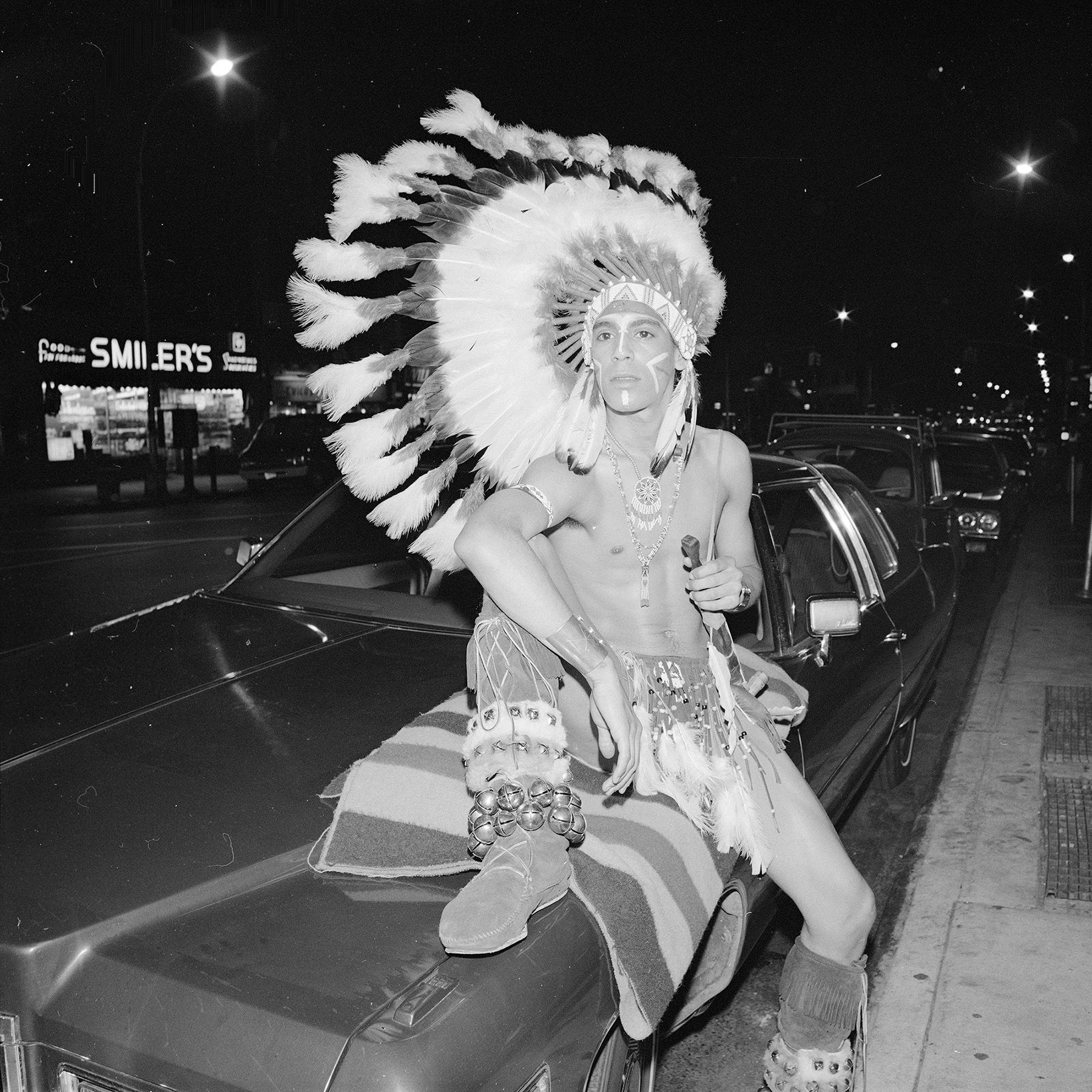
Were there any specific photographers that inspired you?
The first photography exhibition I saw was the 1972 Diane Arbus Retrospective at MoMA, NYC. Her work deeply moved me; it spoke to a silent voice within me. Arbus’s exhibit was the inspiration take a Photo 101 class when beginning graduate school at The University of Wisconsin-Madison. I thought it would be an excellent opportunity to learn how to use a “real camera.” Professor Cavalliere Ketchum introduced us to the great documentary photographers. I especially loved the playfulness of Jacque-Henri Lartigue’s childhood photos of his early 20th-century Parisian family. That influenced me to photograph my family, friends, and self during the semester break. Brassaï’s “Secret Paris of The Thirties” images were so intriguing, insight into the wicked wonderous world of the night. Helen Levitt’s pictures of kids on the streets of New York were delightful and mischievously sweet. Jack Meisler, Diane Arbus and Jacques-Henri Lartigue are my biggest influences, spiced with Brassaï and Helen Levitt.

Where would you say your curiosity for people comes from?
Let me tell you about The Mystery Club, co-founded by my parents. Amy Leffler, a friend, and another grown child of The Mystery Club, describes it best "Formed in the mid-60s, The Mystery Club consisted of 11 couples that lived near each other, loved life, and knew how to have a good time." Their Mystery adventures every two months included visits to a haunted house, séance, magic shows, roller-skating, fencing, a tour of the NASA Space Module, hayrides, and making a record of "Strangers in The Night." Although they weren't "swingers," the Mystery Club toured a nudist colony. Imagine learning your suburban parents and their friends sat in a gay bathhouse surrounded by steamy, near-naked men to see Peter Allen perform at the infamous Continental Baths in NYC. In addition, they took lessons in glassblowing, pizza making, handwriting analysis, bartending, cha-cha dancing, Kosher Chinese cooking, burlesque, and more. The morning after a Mystery Club outing, my brothers and I eagerly awaited hearing the stories about what my parents and friends did the night before. Their curiosity, openness to meeting different kinds of people, and knowing you didn't need to travel far from home for a great adventure.

What made you want to shoot a 'scene' as such – and did you have any inkling when you were shooting in New York that you were capturing an iconic era
When I photographed myself, friends, and family in suburban Long Island, I used the scenario of the home as a stage set. In the back of my mind, while going out clubbing as a young person in NYC, I thought that was my version of Brassaï’s “Secret Paris of The Thirties.” Brassaï nudged me to photograph the nightlife I was living, enjoying and exploring. Sure, it felt special, but I didn’t fully comprehend or appreciate how unique the time was then or what it is now. I am still aiming to grow as a human being with more gratitude, generosity, purpose, and joy of living in the present time as it happens. Life is a process and a gift, never to take for granted. The now is special, especially when it’s gone.
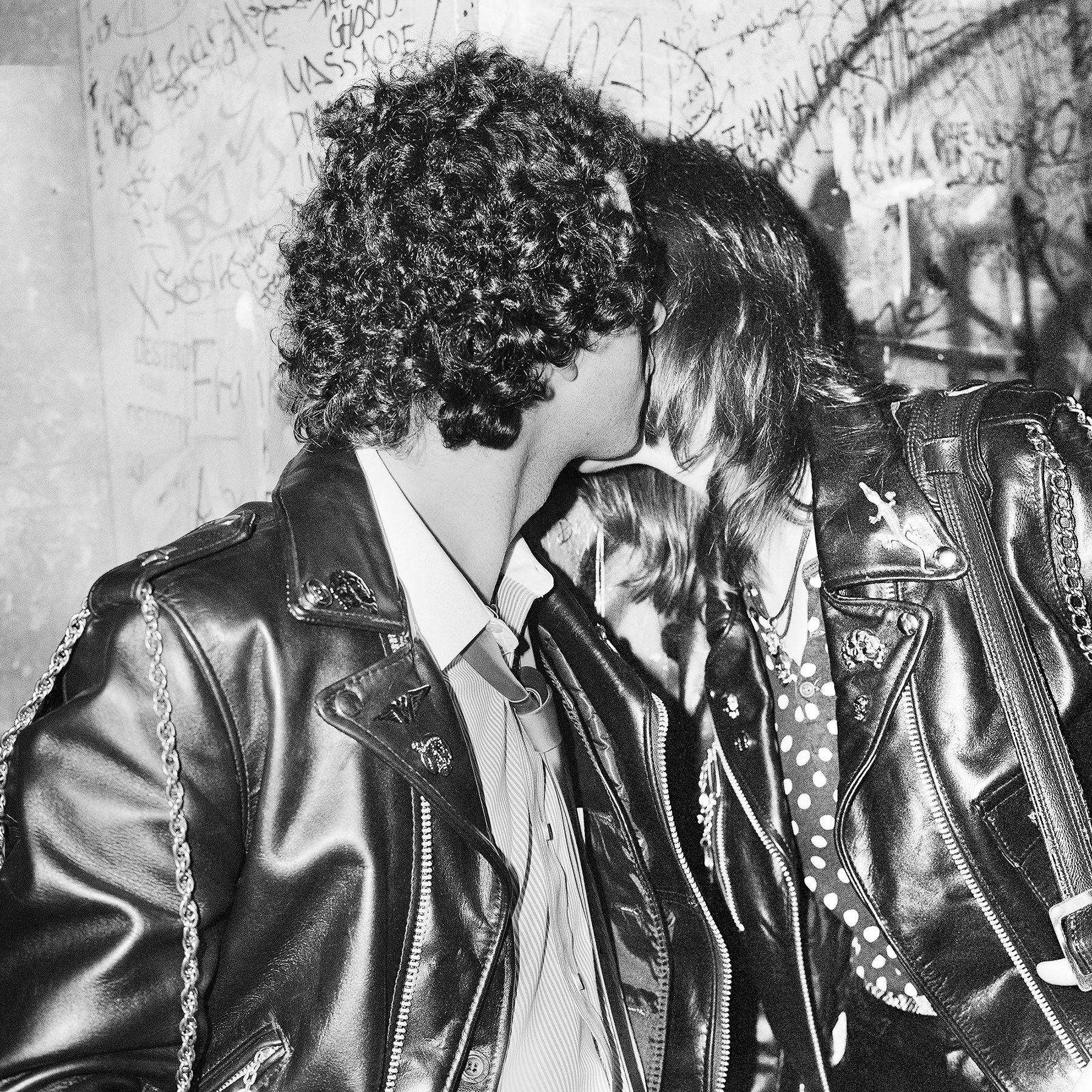
What are your most enduring memories of Studio 54?
Two enduring memories stand out. First, July 25th, 1977, was the 57th birthday party for NYC Congress Representative Bella Abzug. Bella was a feminist and civil rights activist running for Mayor of NYC in the 1977 election. That night, movie and television stars, politicians, feminists, civil rights activists, admirers, and diverse supporters of all backgrounds, ages, colours, and creeds danced along with the wild darling denizens of the night. Second, July 13, 1977, a co-owner of Studio54 invited my friend and disco buddy JudiJupiter to be his personal guest. But if you invited Judijupiter, Meryl came along. We were gaining entree to one legendary private rooms reserved for the stars. While getting ready at my place – BAM! The lights went out in my building…and all the surrounding blocks. The subway wasn’t running, traffic signals were down, but nothing was going to stop us. So we got on our bikes and rode downtown on dark streets, headlights glaring at us from all directions. At Studio 54 a few stragglers waited outside, the doors were locked. We pounded, but no reply. Waited a while, pounded some more. It was the real thing, a major blackout. In the following days, New York felt like a small town. I photographed people hanging out on the street as headlines and radio blasted news about a place I never heard of before – Bushwick. It was burning, with looting and rioting that went on and on. A few days later, we were back partying at Studio 54, lights blazing, life back to normal, but not so in the hellhole called Bushwick. Who knew that four years later I would end up being a public-school art teacher in Bushwick, positively changing my life and art career.
What was your opinion of the hedonism and drug use at Studio 54?
Hedonism and drug use at Studio 54 and other clubs steadily increased from my point of view. There was a lot of overt sexual activity as well. I advise the reader to get my newest book, “New York PARADISE LOST Bushwick Era Disco”, to get an authentic peek into some outrageous action I never dared show before. Imagine what I’ve held back. Among the unsung heroes were talented and now forgotten performers, such as “Dangerfield,” transwomen of colour, including Potassa deLafayette, Nicole (in the photo with the silver boots), and nameless others, who dared to live their life with beauty and grace against all odds.
What is your memory of the HIV/Aids epidemic? What did you think of the political response at that time?
I remember my girlfriend (now wife) Patricia O'Brien, on July 4, 1981, reading in the New York Times about a rare cancer seen in 41 homosexuals and worrying about our friends. I remember going with Patricia and our dear friends Wes and Bill to the Memorial displayed at the National Mall on October 11, 1987. Bill shuddered to the bone, hearing the name Bill called out from the podium, seeing it on quilts – among the thousands of names of people who had died. Bill was living with HIV/Aids. He passed away a few years later. I remember deep sadness, mourning, outrage, and activism. The response by the US government? Many of the United States leaders were unresponsive and silent about the raging epidemic. President Ronald Reagan didn’t even mention it until September 1985, when he responded to some reporters’ questions. The HIV/Aids epidemic devasted and galvanized the LGBTQ+ community. At my synagogue, Congregation Beth Simchat Torah (https://cbst.org), we continue to say kaddish, the mourners' prayer, at every service for the 160-plus members lost to HIV/Aids.
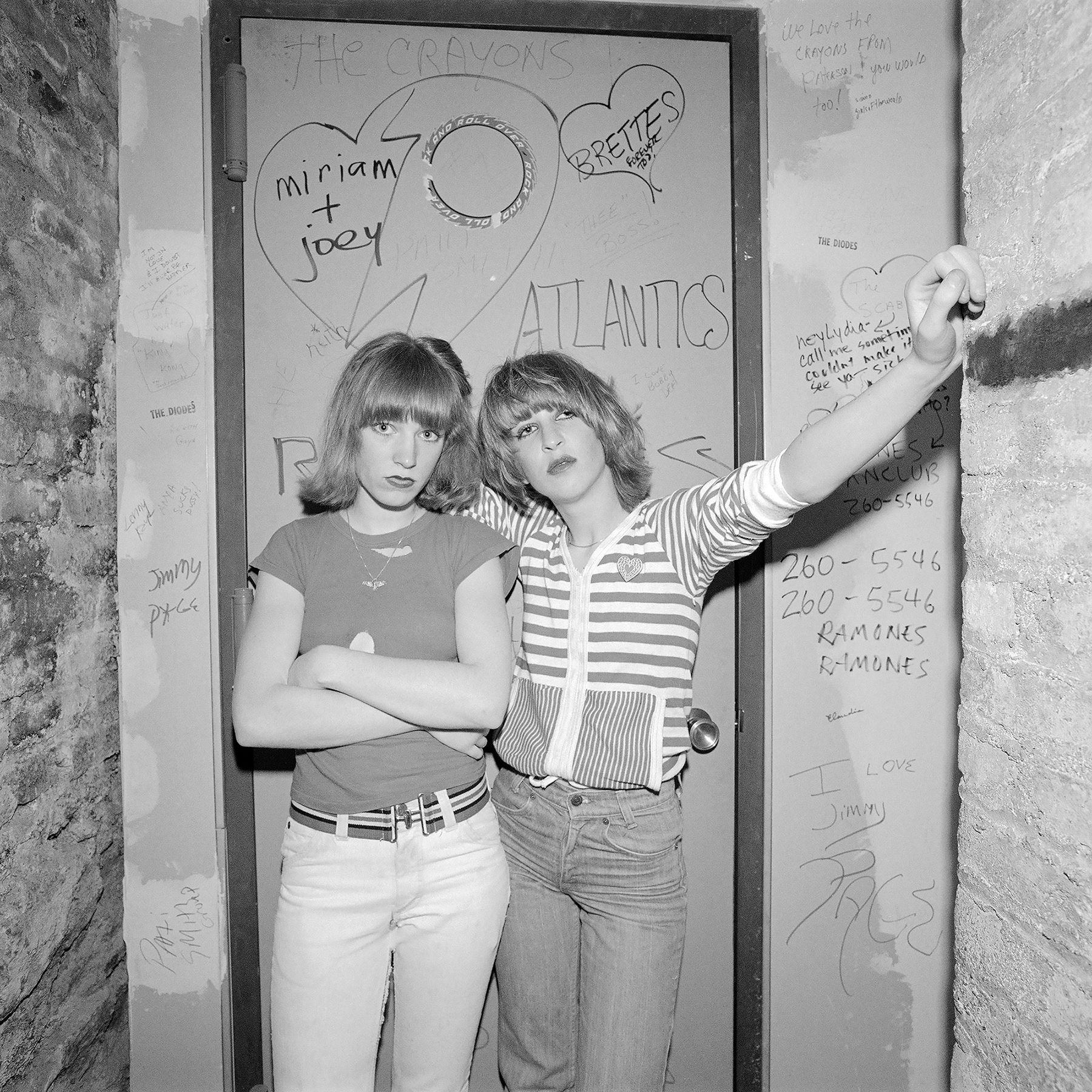
Did you meet Andy Warhol? What is your memory of him?
Andy Warhol was out and about a lot. I’d see him at discos, art exhibits, and live theatre. Of course, I knew who he was. He didn’t know who I was. When I took the photos of Warhol included in this article, it was Bella Abzug’s party at Studio 54. I politely went up to him and asked if I could take his photograph, and he agreed in his shy manner and voice. I took other photos on different occasions, but these are stronger photographs, whether or not the subject is Andy Warhol. Warhol’s impact as an artist is monumental –a master of the 20th century who remains influential today, and will so for decades to come.
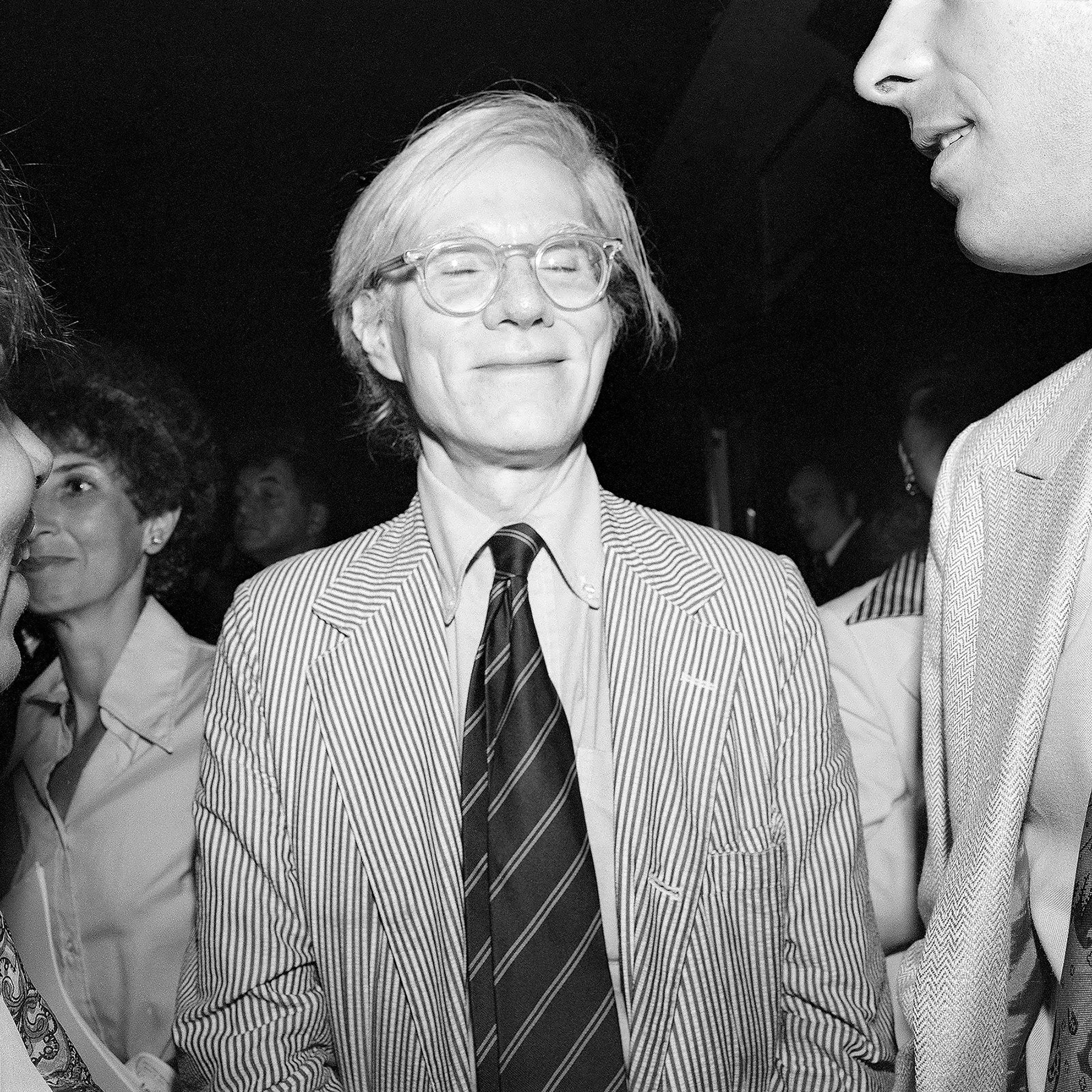
If you could sum up what the 1970s represented in terms of culture, what would you say?
I can look at every decade I've lived thus far, dating back to the 1950s, and feel moments of nostalgia. I'm a sentimental person. The 1970s and 80s in NYC were my coming of age, as a young adult exploring who I wanted to be. It had its highs, lows, and wild rides, but it will always be special to me. The 1970s was unique because it rode the waves of the peace movement, civil rights, women’s rights, gay rights, post-stonewall, and was pre-HIV/Aids. I can't quickly summarize what the 1970s/80s New York represents in terms of overall culture. My perspective is from personal experience. However, you see and feel 1970s/80s allure and impact in visual and performing art, fashion, music, and more today. To me, it was most significant because I fell in love with New York, and that love has never waned.
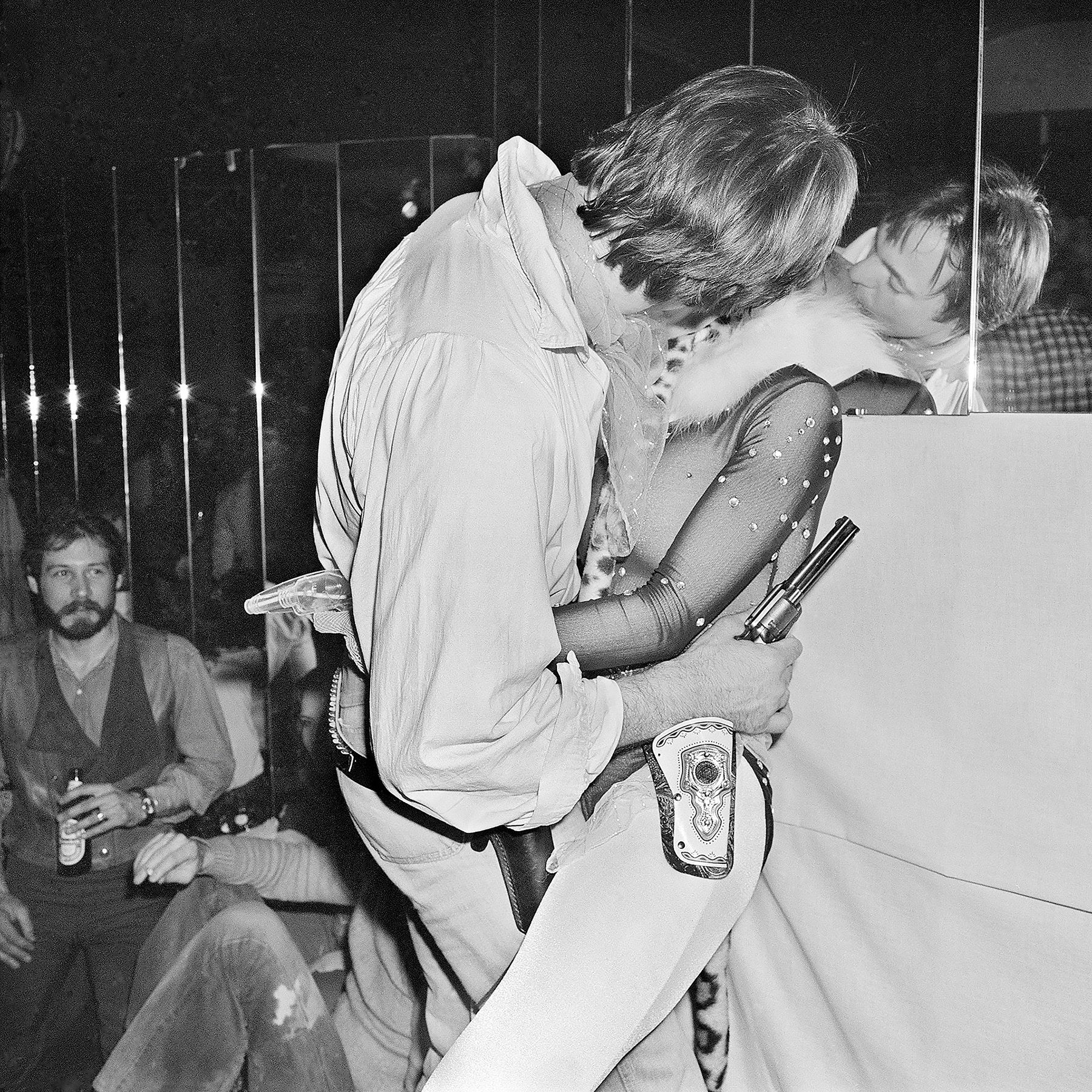
How would you describe your photography, and what would you say you are always trying to reach for artistically?
In hindsight, I realise my photography is a form of visual memoir. It is a mixture of documentary, performative, and narrative with a twist of vernacular snapshot aesthetic. Artistically, I strive to create simply scintillating, thought-provoking, uplifting art, in which every element within the piece has purpose aesthetically and intellectually, while giving insight and reverence to the importance of people, time, place, and cultural history.
All of the images in this article are available as limited-edition silver gelatin prints. You can purchase books by Meryl Meisler here.
Meryl Meisler is represented by CLAMP. Find out more about Meryl Meisler at merylmeisler.com
All images supplied courtesy of the artist.
Images (Top To Bottom): Rejected From Studio 54 No No (With Judijupiter), Studio 54, NY, October 1978; The Village People’s “Red Indian” Felipe Rose in Greenwich Village, NY, June 1977; Reclining in tree by Goddard Riverside Community Center, NY, June 1978; Nicole’s Silver Boots Stretched on Floor, Studio 54, NY, NY, June 1977; sing in Black Leather Jackets During last Dead Boys Concert, CBGB, NY, March 1978; Two Blondes in a band at CBGB NY, March 1977; Andy Warhol Smiling with Eyes Closed (Between his Friend and JudiJupiter), Studio 54, NY, July 1977; Wild Wild West Kiss, Hurrah, NY, NY, March 1978